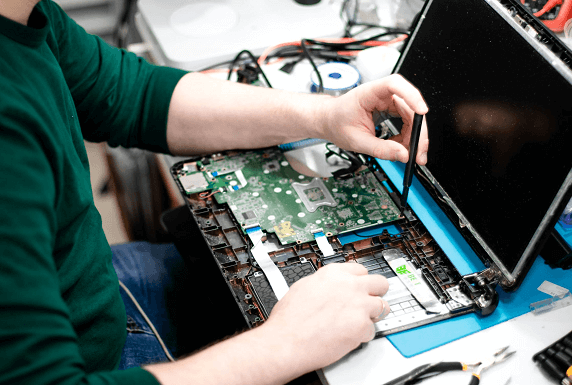Sustainability is a critical factor in modern consumer product design. As consumers become more environmentally conscious, they are demanding products that are not only functional but also eco-friendly. In this blog, we will explore the role of sustainability in modern product design and why it is essential for businesses to integrate sustainable practices into their operations.
Sustainability in Product Design
Sustainable product design entails creating products that are environmentally friendly and socially responsible. This includes designing products that minimize waste, reduce energy consumption, and use eco-friendly materials. It also involves designing products that can be easily repaired, recycled, or reused, rather than being thrown away after use.

The following are some key ways in which product design can be made more sustainable for consumer electronic devices:
– Design products that are modular and upgradable to extend their lifespan.
– Use eco-friendly materials such as bioplastics and recycled materials in the manufacturing process.
- Incorporate energy- efficient technology to minimize energy usage.
- Reduce packaging waste by using minimal and recyclable packaging.
The Right to Repair
The right to repair is an essential step in achieving sustainability and improving the life cycle of products. The right to repair refers to the right of consumers to repair their devices or have them repaired by third-party repair services. This has become increasingly important as products become more complex and difficult to repair, leading to an increase in electronic waste.

https://www.pexels.com/photo/man-repairing-laptop-10562464/
By allowing consumers to repair their devices, businesses can extend the lifespan of their products and reduce the amount of waste generated. Additionally, it can create new job opportunities for repair technicians and promote a circular economy.
Examples of Sustainable Product Design
There are many examples of sustainable product design in the marketplace today. Here are just a few:
- Fairphone – The Fairphone is a smartphone that is designed to be modular and upgradable, allowing users to replace individual components rather than having to replace the entire device.
Dell – Dell’s closed-loop recycling program allows them to recycle plastic from discarded electronics and use it to create new products. - Apple – Apple has made a commitment to use only recycled or renewable materials in their products, and they have implemented a recycling program that allows customers to recycle their old devices.

Conclusion
Sustainability is a critical factor in modern consumer product design. By designing products that are eco-friendly and socially responsible, businesses can reduce their environmental impact, increase efficiency, and meet the demands of environmentally conscious consumers. Integrating sustainable practices into product design can have a significant impact on the environment and help to conserve natural resources. By allowing consumers the right to repair, businesses can extend the lifespan of their products and reduce electronic waste.
If you’re interested in learning more about sustainability and how it can be integrated into product design, check out these resources:
This website provides information and resources on sustainable product design, including case studies, best practices, and tools for designers.
This article from Forbes discusses the importance of sustainability in product design and how it can benefit businesses and consumers alike.
This TED talk by Leyla by Acaroglu explores the concept of sustainable design and how it can be used to create products that are both beautiful and eco-friendly.
By incorporating sustainable practices into product design, businesses can create products that are not only functional but also environmentally responsible. This can help to reduce the environmental impact of products and create a more sustainable future for all.